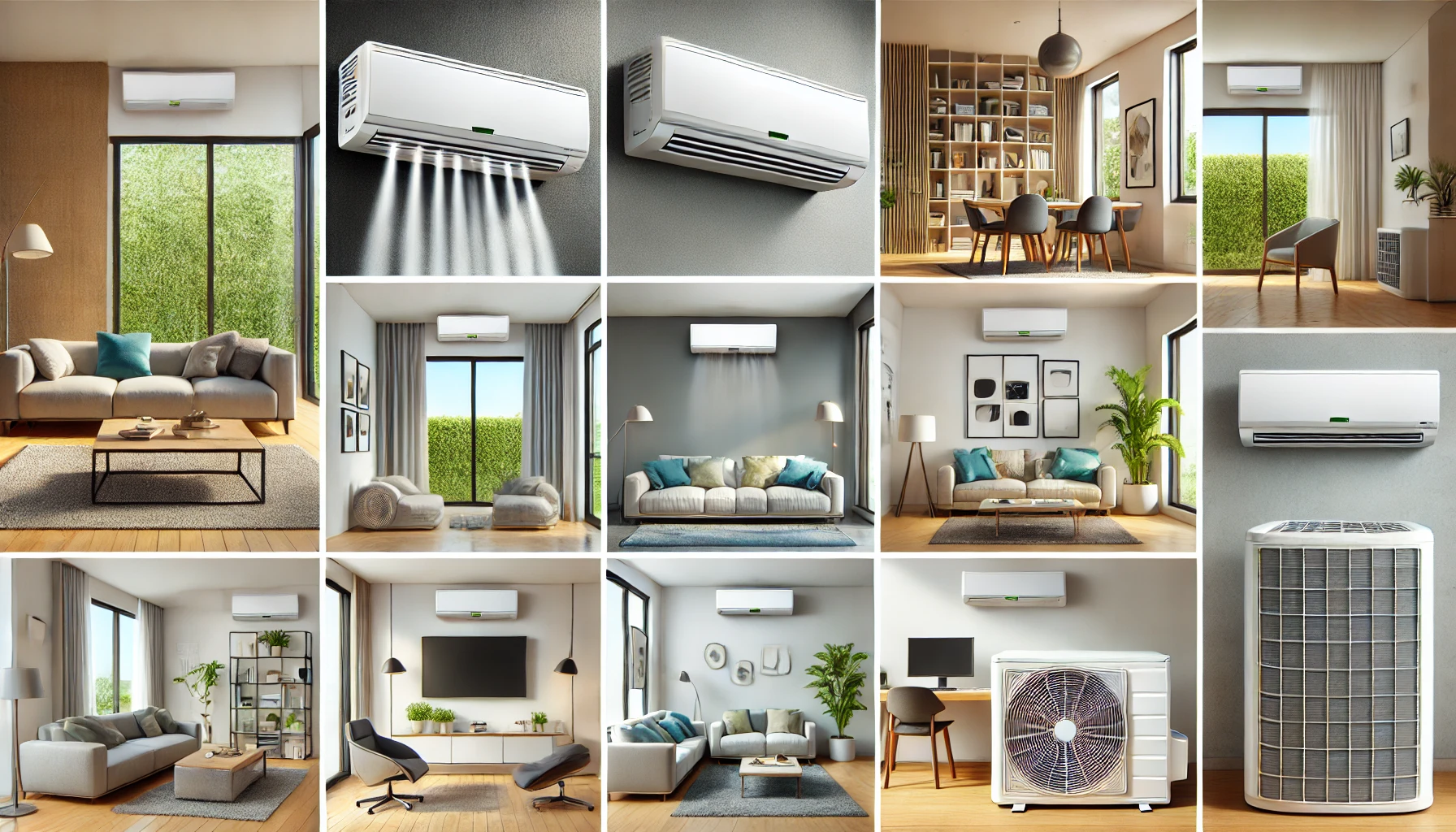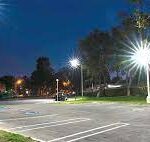
Introduction
Many homeowners prioritise staying cool and comfortable during the summer. Central air conditioning systems are a prominent choice, but these systems consist of two key parts: an indoor unit and an outdoor unit. While they work together seamlessly, understanding their individual functions is critical for maintaining an efficient cooling system and helping you make informed decisions about your air conditioning needs. This article provides an in-depth comparison of indoor and outdoor air conditioning units, highlighting their key differences and potential benefits.
What is an Air Conditioning Unit? A Brief Overview
Air conditioning (AC) units are devices designed to cool indoor spaces by effectively removing heat and humidity. They come in various types, including central air conditioners, window units, portable units, and split systems, where a portable air conditioner offers a spot-cooling solution. In contrast to an air cooler and heat pump, an air conditioner plays a much more important role in maintaining thermal comfort and improving indoor air quality in homes and buildings.
Understanding Indoor Air Conditioning Units: Where Cool Air is Made
Indoor air conditioning units, also called ductless systems, are typically part of a split-system AC that includes an outdoor unit as well. These units are installed within the confines of a building or a specific room. Indoor AC units connect to an outdoor unit via refrigerant lines but handle the air cooling and distribution indoors. They are quieter and designed to cool, dehumidify, and sometimes heat the air within that space. Common types are wall-mounted AC units, ceiling cassettes, or floor-standing models.
An Insight Into Outdoor Air Conditioning Units – Releasing the Heat
Outdoor air conditioning units, also called condensers, are systems installed outside a building, generally part of either a split system or a packaged unit. In split systems, they house the compressor, condenser coil, and expansion coil or capillary tubing. A compressor pressurises the refrigerant, and the condenser coil releases heat that is absorbed from indoors into the outside air. The outdoor unit also incorporates a fan that blows air over the condenser coil to help dissipate heat. Outdoor AC units are typically used for cooling entire homes or large commercial spaces.
Potential Advantages of Indoor and Outdoor Air Conditioning Units
Both indoor and outdoor AC units work together to provide a cool and comfortable environment in your home and workplace. Let’s delve into the potential benefits of each system:
Benefits of Indoor Air Conditioning Units
Indoor air conditioning units provide unprecedented benefits for homes and businesses in terms of:
- Ease of Installation: Unlike central air conditioning systems that require extensive ductwork, indoor units can be installed with minimal structural modifications to your property. Many models provide quick setup, often only requiring a window or a small wall hole for the venting hose.
- Cost-Effectiveness: Indoor air conditioners generally have lower upfront costs compared to larger systems. They can cool specific rooms rather than the entire home or building, leading to significant savings on your energy bills.
- Noise Reduction: Indoor units are typically quieter than outdoor units, providing a peaceful indoor environment.
- Portability: Indoor air conditioning units are portable, providing flexibility to move them from one room to another easily. This flexibility is beneficial in homes or offices where only certain areas need cooling.
- Ideal for Small Spaces: Compact and designed to maximise efficiency and effective cooling in limited areas, indoor units are perfect for small apartments, individual rooms, or offices.
Benefits of Outdoor Air Conditioning Units
Outdoor air conditioning units are a robust solution for cooling needs, especially in larger spaces. Some potential advantages that make them a popular choice include:
- High Cooling Capacity: Outdoor air conditioners typically have a higher cooling capacity compared to their indoor counterparts. Their powerful performance maintains a comfortable environment even on the hottest days.
- Quiet Operation: Despite their high power, modern outdoor air conditioning units operate quietly as they are installed outdoors. Additionally, their advanced fan blade designs and noise-reducing technologies allow them to operate quietly.
- Energy Efficiency: Many outdoor units feature settings that optimise electricity use and reduce costs. Technologies like variable-speed compressors and fan motors adjust the cooling output to the actual demand, significantly lowering energy consumption.
- Better for Larger Spaces: Outdoor units are specifically advantageous for larger spaces due to their robust design and extensive coverage area. They can handle higher thermal loads without compromising performance.
Exploring the Key Differences Between Indoor vs. Outdoor Air Conditioning Units
Understanding the fundamental differences between indoor and outdoor AC units is essential for making an informed decision about your cooling needs. Both types differ in various aspects, such as:
Differences Based on Energy Efficiency
Both unit types can be highly efficient, but extreme weather conditions can slightly reduce the efficiency of outdoor units. Indoor units, being sheltered, often maintain efficiency better but may be limited in their capacity compared to larger outdoor systems.
Comparison Based on Noise Levels
Indoor units are designed to operate much quieter to avoid disrupting indoor activities than outdoor units. The generated noise of outdoor units is less of an issue outdoors but could still affect your immediate environment and that of your neighbours.
Differentiation Based on Lifespan and Durability
Outdoor units are typically robust and built to withstand harsh weather conditions. However, exposure to the elements can accelerate wear and tear. Due to their protected location, indoor units may have a longer operational life.
Variations Based on Cost Analysis
The cost of indoor units can be lower, but when factoring in multi-zone systems, prices may escalate quickly. Outdoor units generally require a higher initial investment due to their larger size and installation complexity.
Dissimilarities Based on Space
Indoor units occupy floor or window space, which can be a drawback in smaller rooms. Their placement can also impact room aesthetics. In comparison, outdoor units require outdoor space and need to be installed on a stable, level surface.
Distinctions Based on Installation Process
Indoor units are generally easier to install, require minimal tools, and set up within a few hours. Outdoor units, in comparison, require professional installation that involves placing the outdoor unit on a stable surface, connecting it to the indoor unit, and ensuring proper ventilation and refrigerant levels.
Final Thoughts
Both indoor and outdoor air conditioning units have their unique differences and advantages. The choice depends on your specific needs, space availability, budget, and climate. By understanding the differences and considering the key factors discussed, users can make an informed decision to ensure comfort and efficiency in their living or working spaces. Remember, consulting with an HVAC professional can help you determine the best AC solution for your specific needs.





















